Chris Fallica
FOX Sports Wagering Expert
There are less than two months left until kickoff, which means it’s almost time for fans to switch their focus back to college football.
And with that, sportsbooks have released win totals, game lines and so much more for the regular season.
Let’s dive into my favorite picks for how a few teams will perform this upcoming season.
Illinois Under 8.5 wins
There is also an Under 7.5 (+135) available out there, but as I’ve said in the past, I do not mind playing for an extra game buffer.
The Illini are a super-trendy team this season, and while I don’t expect a losing season, the roster does have questions.
Will the losses of Zakhari Franklin and Pat Bryant affect Luke Altmeyer’s production? The defensive line boasts three newcomers and can the running back room of Aiden Laughery and Kaden Feagin stay healthy?
Illinois went 9-3 last year, but thrown in there were OT wins against Nebraska and a dreadful Purdue team, as well as a Kansas turnover-implosion early in the season, and a miracle win at Rutgers. So we’re talking about close to 5-7.
There are five games that immediately appear like possible losses on the schedule — at Duke, at Indiana, USC, Ohio State and at Washington. Heck, maybe the game in Madison late in the year turns into a “let’s beat our old coach” rally.
Put aside the discussion of this being a playoff team, nine wins in itself will be quite a feat.
PICK: Illinois (-150) Under 8.5 wins
Joel Klatt believes Illinois, Ole Miss could make first CFP appearances
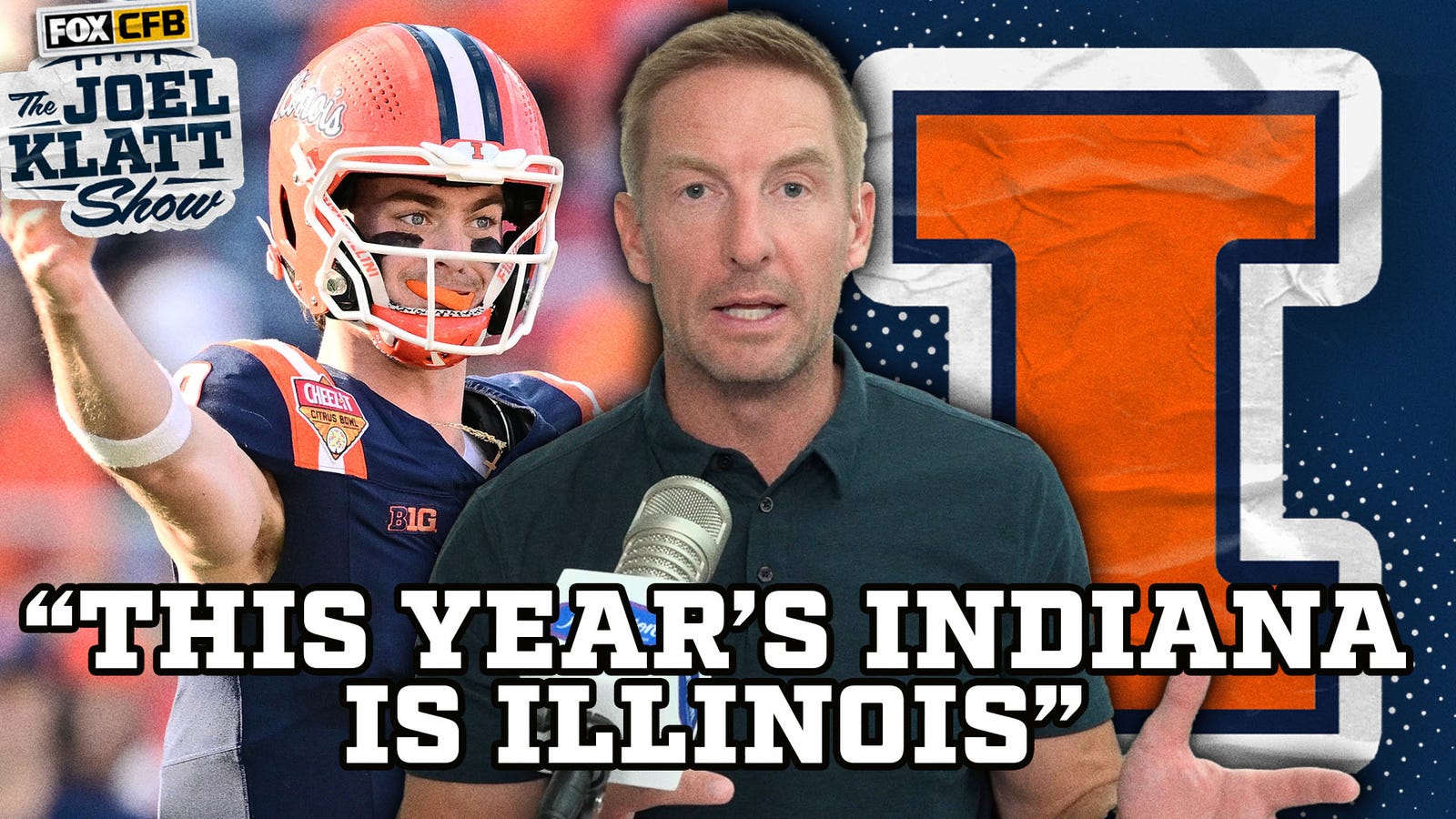
Houston Over 6.5 wins
The Cougars offense was one of the worst in the country a year ago, as Houston was shut out twice and held to 10 points or fewer in three other instances.
Enter Texas A&M transfer Conner Weigman at quarterback, along with multiple wide receiver and tight end imports via the portal.
Willie Fritz has a knack for quick fixes and in this league, where we saw the team picked last in 2024 win the league, it’s quite possible another major turnaround happens here.
Nobody should be surprised if the Cougars bring a 4-0 mark into the home game with Texas Tech and with four of the teams expected to be the worst in the league — Oklahoma State, Arizona, West Virginia and UCF — on the schedule, there’s a definite path to a big Year 2 turnaround here.
PICK: Houston (+120) Over 6.5 wins
Joel Klatt’s objectives for the College Football Playoff
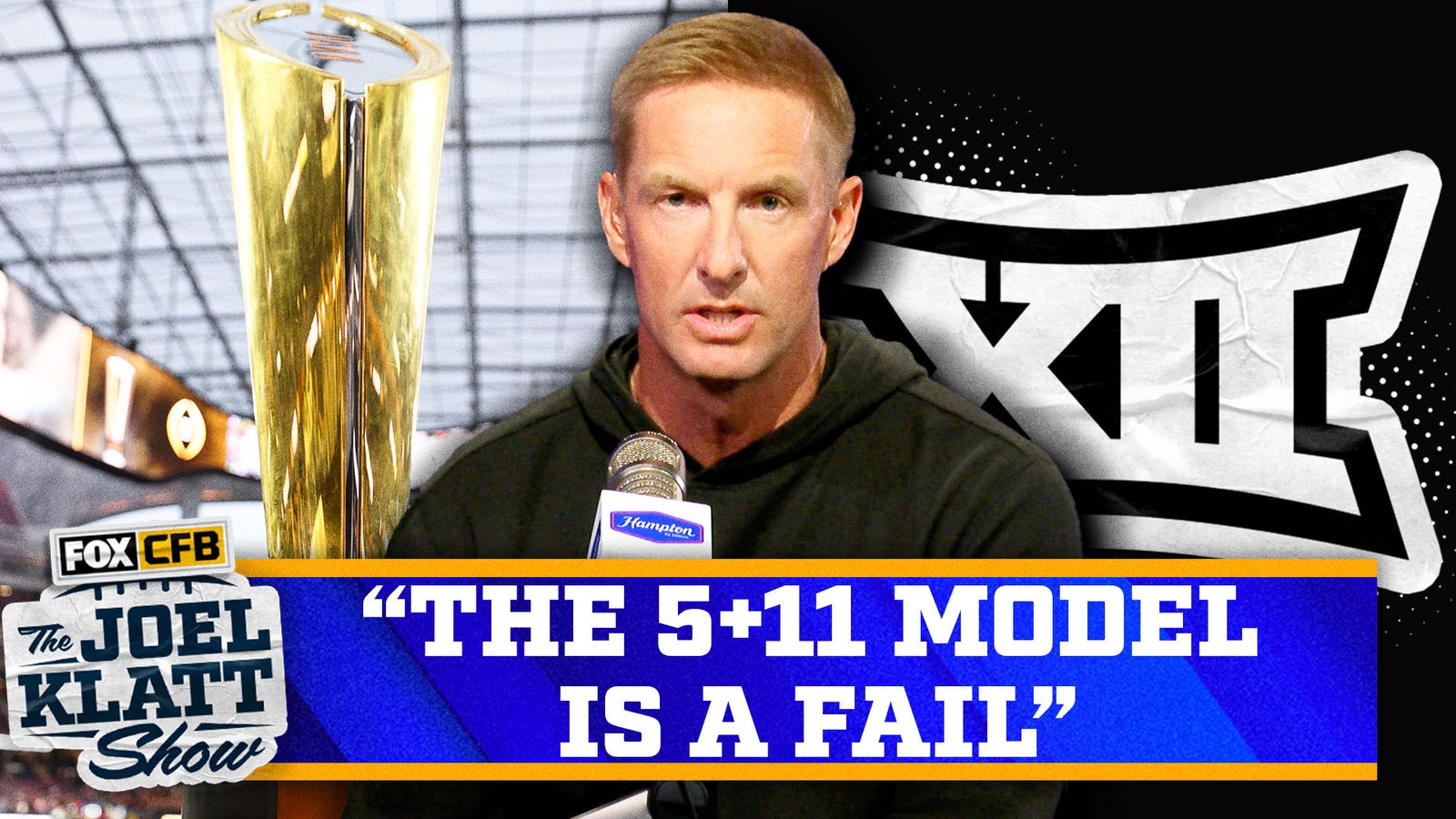
Miami to make College Football Playoff
A poor defense kept the Canes out of the College Football Playoff last year, but new defensive coordinator Corey Hetherman was brought in from Minnesota to fix as many issues as there are.
The good news for Hetherman is he will have a full year of Rueben Bain to work with, as well as a secondary which could be open of the best in the country, which is saying something after the unit struggled mightily last year.
Carson Beck will look to return to 2023 form after an elbow injury, and to help him do that, he will have one of the best offensive lines in the country and the deepest running back groups around.
The Canes’ schedule has two huge non-conference skins on it — a season-opener against Notre Dame and a date with rival Florida — and both are at Hard Rock Stadium. Win one or both of those and Miami will have two premier non-conference wins. This will basically mean it just has to avoid completely throwing up on itself in ACC play to reach the CFP for the first time, as was the case with SMU last year, a team that didn’t have near the same non-conference slate as this and was able to make the Playoff despite a loss in the ACC title game.
The avenues to make the Playoff are many — winning the ACC, beating Notre Dame and/or Florida and losing the ACC title game. Or, even beat both ND and Florida, happen to lose out on a spot in the ACC title game and make the Playoff at 10-2.
PICK: Miami (+200) to make College Football Playoff
Chris “The Bear” Fallica has covered sports for nearly three decades. While college football has been his focus, he also enjoys the NFL, Soccer, Golf, Tennis, MLB, NHL and Horse Racing, with an “occasional” wager on such events. Chris recently won the inaugural Circa Football Invitational and finished in the Top 10 of the Golden Nugget Football Contest. He’s a multiple-time qualifier for the NHC Handicapping Championship. Remember, “The less you bet, the more you lose when you win!” Follow him on Twitter @chrisfallica.
Want great stories delivered right to your inbox? Create or log in to your FOX Sports account and follow leagues, teams and players to receive a personalized newsletter daily!
recommended
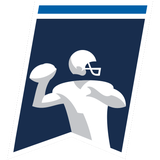
Get more from the College Football Follow your favorites to get information about games, news and more

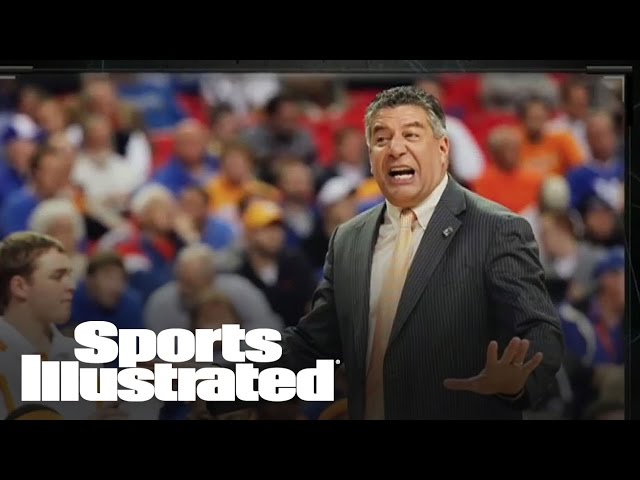






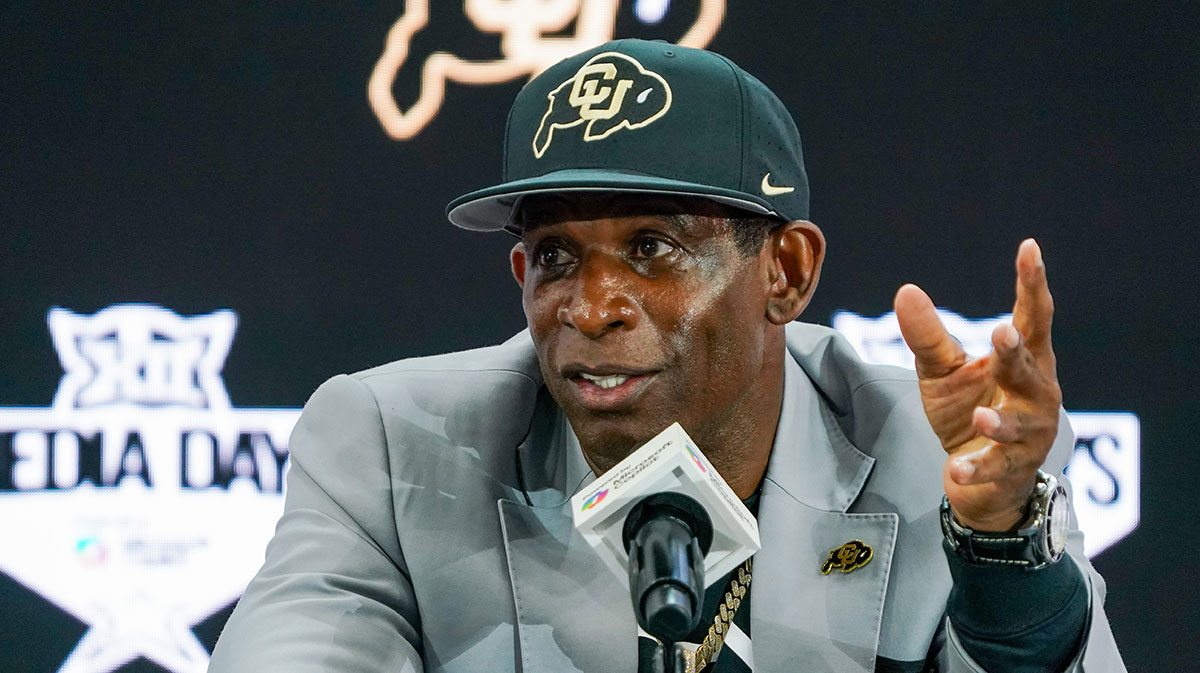


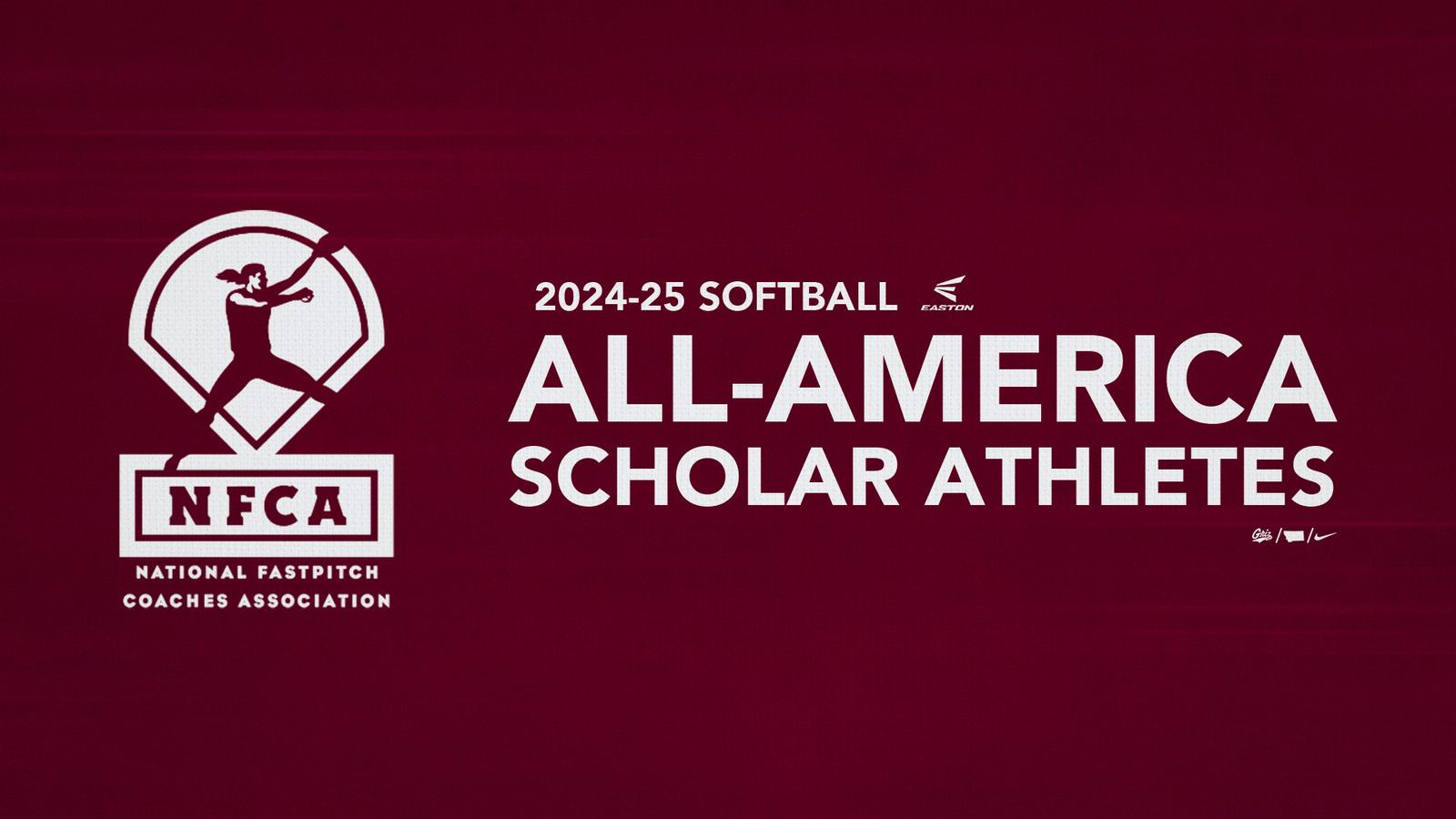

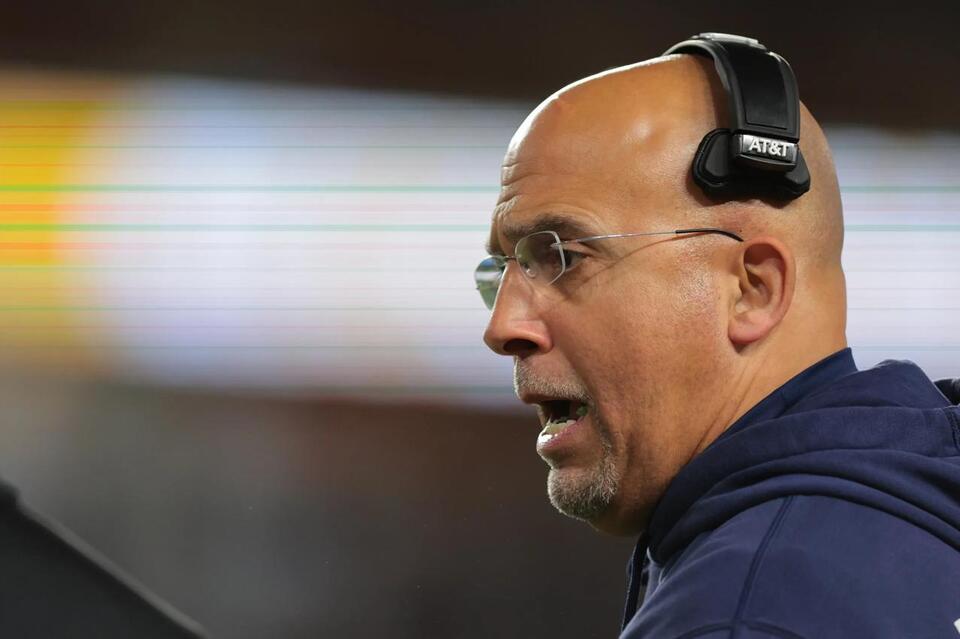










 JWill DISAGREES
JWill DISAGREES  | First Take
| First Take






































